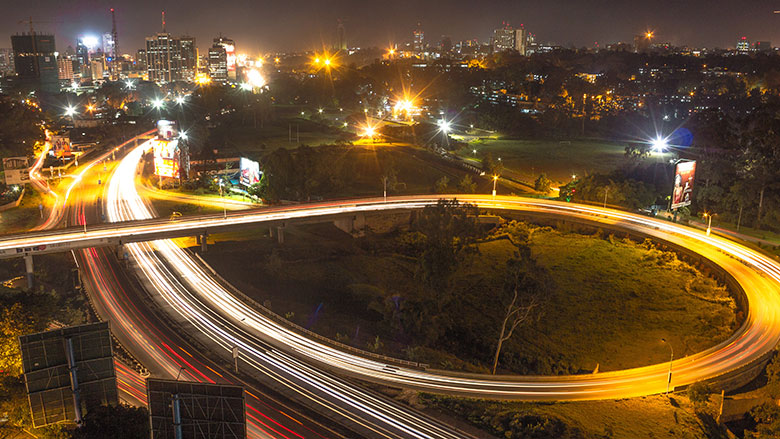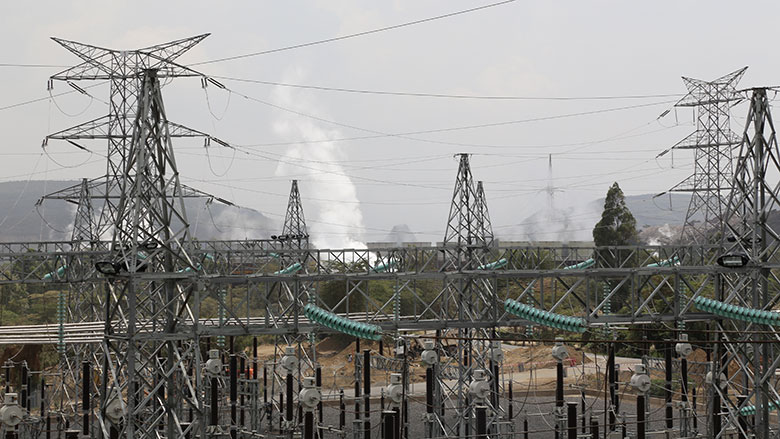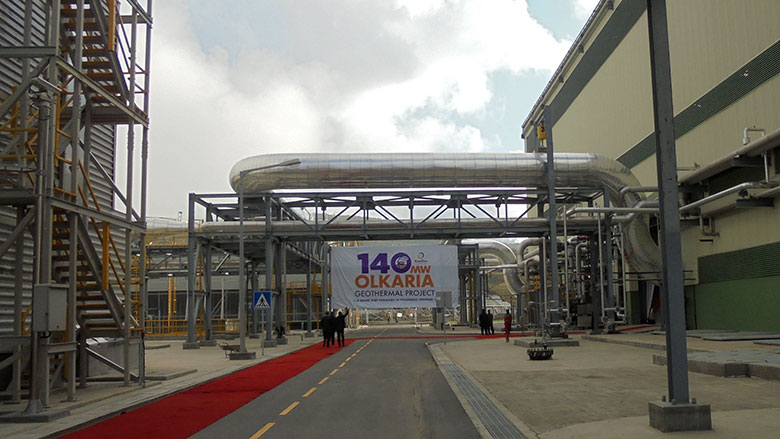Challenge
Kenya has performed well in the past decade in terms economic growth, mainly driven by the services sector, both traditional and modern. Expansion in services such as financial intermediation and mobile communications has stimulated demand for other services such as trade. Maximizing the potential of services can continue to spur economic growth, especially given that most formal, high quality jobs are in this sector.
Agriculture, which still contributes to more than quarter of the economy (and employs most of the rural poor) and manufacturing have stagnated. Due to the stagnation, agriculture and manufacturing have not been able to create enough jobs for Kenya’s growing working population. Most of the jobs are created by the informal economy and are concentrated in the low productivity segments of hospitality, trade, etc. Improving the ease of doing business is one way toward job creation and higher productivity in the manufacturing sector. There is still a need for creating job opportunities for the rural poor for poverty reduction and achieving shared prosperity. Reviving agriculture remains the pathway for poverty reduction.
Other development challenges include maintaining macroeconomic stability to boost savings and investments; continuing to build Kenya’s energy and transport infrastructure to ease costs of doing business and improvement competitiveness; ensuring efficiency in public investment management process and better execution; tackling the issue of perceived petty and grand corruption; and addressing security challenges posed by the terrorist group Al Shabaab.
Approach
The World Bank Group’s (WBG) program of support for the medium term, FY2014 to FY2018, addresses Kenya’s development challenges through three areas of engagement: competitiveness and sustainability, protecting the vulnerable and helping them develop their potential, and (iii) building consistency and equity. Connecting the three areas is a platform of garnering good governance. A selective test was used to determine the three domains, the sectors within each domain, and to make trade-offs between particular operations and Advisory Services and Analytics (ASA). Support is provided through a portfolio of projects and knowledge products, leveraging comparative advantages of each of the three institutions – International Development Association (IDA)/International Finance Corporation (IFC)/Multilateral Investment Guarantee Agency (MIGA) and other development partners. Working as one WBG has helped to attract financing in the energy sector, while partnerships/trust funds with other donors have funded interventions in health, education, social protection, and access to clean water, sanitation services and electricity (more than 150,000 households in informal settlements connected to electricity).


